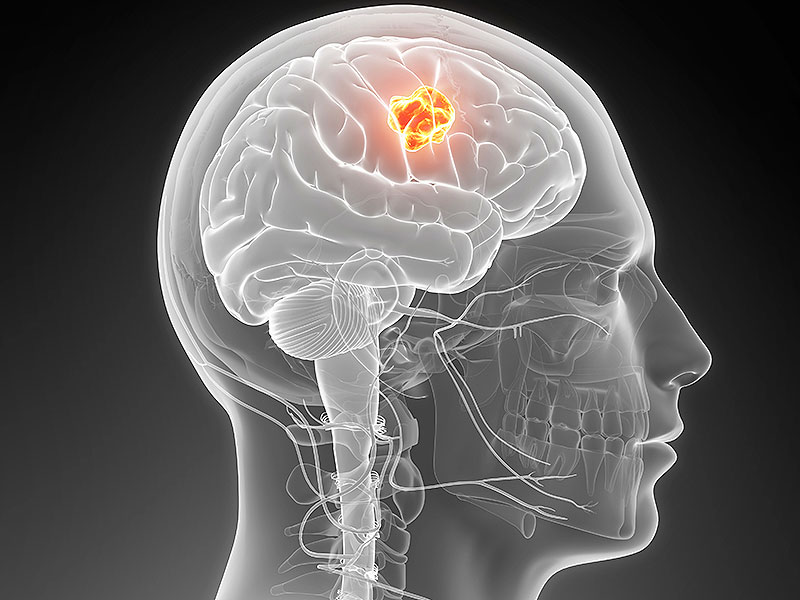Highlights
- •Macrophages induce the MES-like state of glioblastoma cells
- •Induction is mediated by macrophage-derived OSM interacting with OSMR/LIFR-GP130
- •Subsets of glioblastoma-associated macrophages express a related MES-like program
- •The MES-like state in glioblastoma is associated with cytotoxic T cells programs
Summary
The mesenchymal subtype of glioblastoma is thought to be determined by both cancer cell-intrinsic alterations and extrinsic cellular interactions, but remains poorly understood. Here, we dissect glioblastoma-to-microenvironment interactions by single-cell RNA sequencing analysis of human tumors and model systems, combined with functional experiments. We demonstrate that macrophages induce a transition of glioblastoma cells into mesenchymal-like (MES-like) states. This effect is mediated, both in vitro and in vivo, by macrophage-derived oncostatin M (OSM) that interacts with its receptors (OSMR or LIFR) in complex with GP130 on glioblastoma cells and activates STAT3. We show that MES-like glioblastoma states are also associated with increased expression of a mesenchymal program in macrophages and with increased cytotoxicity of T cells, highlighting extensive alterations of the immune microenvironment with potential therapeutic implications.







